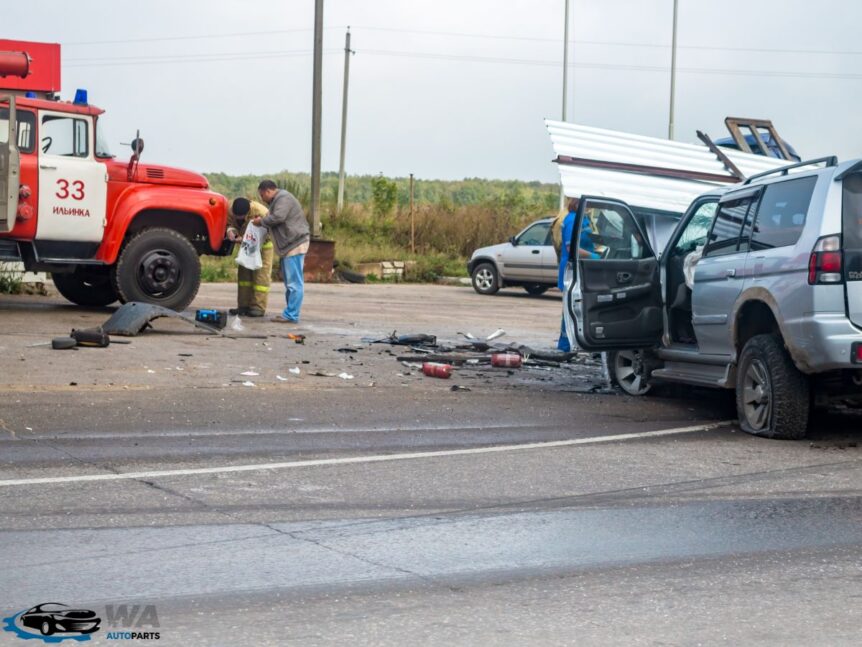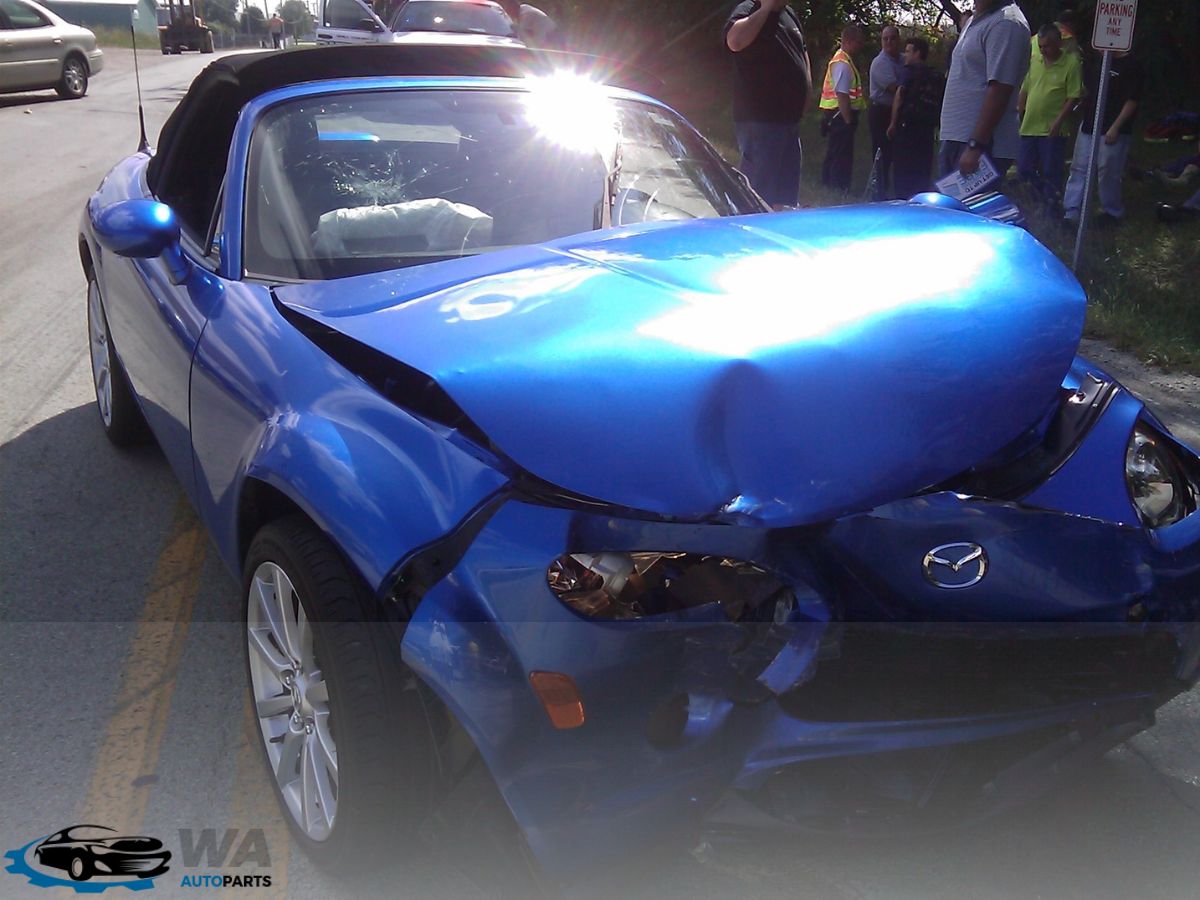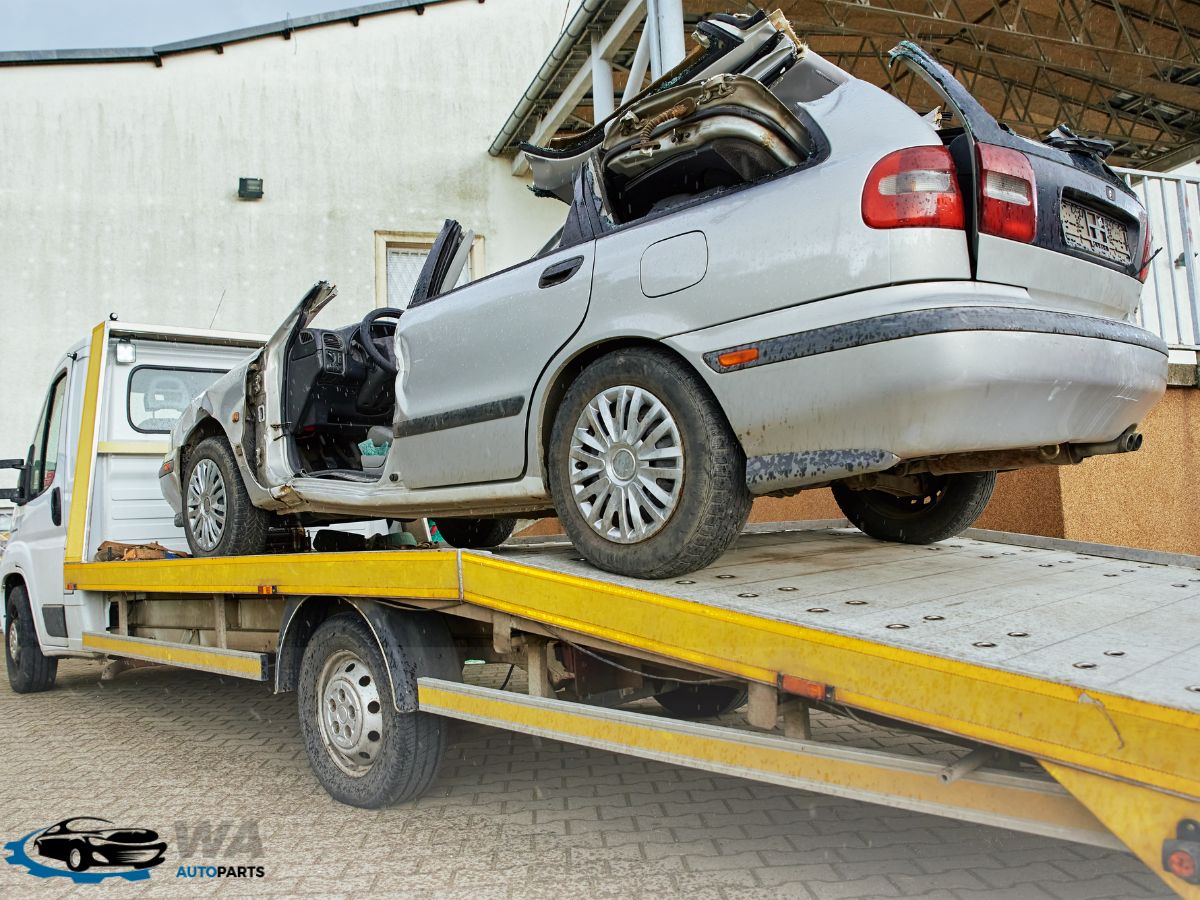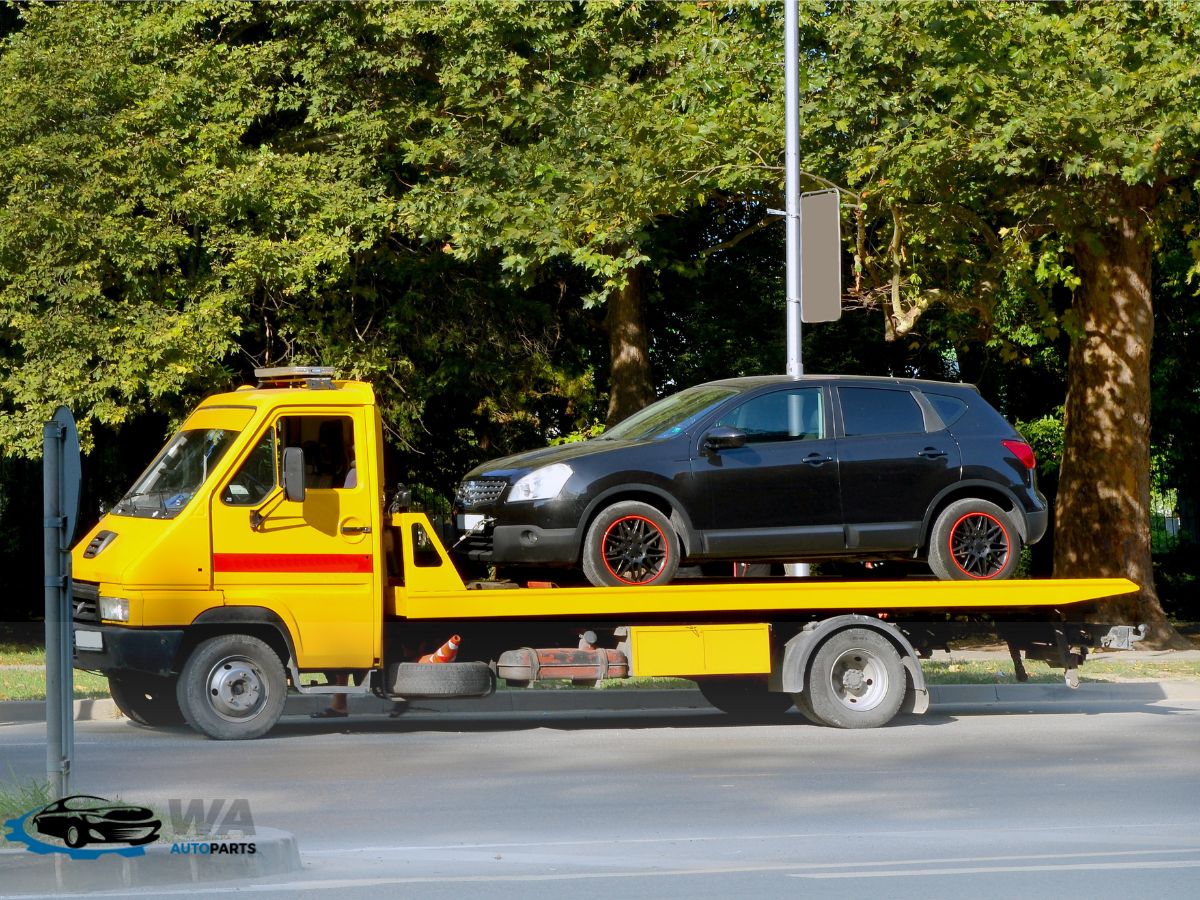We’ve all seen it. A dejected sedan banked on the roadside of the Mitchell Freeway, blinking hazard lights dead a long time. A reliable Ute, with parked either in the driveway of a suburban home in Joondalup or at the park, getting covered in leaves and letters from the council after being hit by a kangaroo driving on country roads. Or perhaps it’s the family SUV sitting in your own garage, faithful for years and now looking at a repair bill larger than its actual value.
The typical response is an accepting sigh. We watch the conclusion of a life, the dying of the light. We think of the rust, the decay and the logistical headache associated with making this massive hunk of metal go away. It feels like waste.
But what if we were to tell you that that’s not all? What if this moment, rather than being an end of sorts — the death of that very thing you worked so hard for — is instead the start of yet another new and complicated (but surprisingly classic) journey?
At WA Auto Parts, we’ve seen this clandestine life cycle play out for more than 15 years, day after day. As one of Perth’s most active buyers, sellers and wreckers of the best quality used auto parts, we have a perspective that transcends piles of crushed metal adorned with shattered glass. We see a load of potential waiting to be taken apart and remade. This is the story of that journey, “the unexpected life of a junked car,” running from its funeral tow to reincarnation as something completely different.
Stage 1: The Appraisal and Ripeing
The adventure starts not with a hook but with a holler. When that car owner contacts US, at (08) 9358 1392, they’re not just dialling a number – that first contact is the first stage of our crucial assessment process. Our team doesn’t just hear “a wrecked car”; we’re already writing a profile. Could it be a Toyota Hilux, known for its tough-as-nails engine and drivetrain? Could it be a Hyundai i30, where small pieces are requested on an almost daily basis for a family run-around? We specialise in Japanese, European, Korean and Australian vehicles – from cars and trucks to 4x4s/utes and vans – so that we are familiar with its unique value proposition before we have even looked at it.
As soon as your vehicle comes to our counter, it turns into a potential donor. Our wrecking yard is like a very specialist vehicle hospital. The car is instantaneously triaged for what we call “the harvest”—a systematic opportunity to salvage every single part that might enjoy a second life.
A ‘Vehicle Organ Donation’: Our knowledgeable pros take on a purpose, locating and gently removing the healthy “organs.” Powerful motor from a Ford Ranger, smooth transmission from a Holden Commodore or an alternator that exits the engine bay of a Mitsubishi Triton is all carefully removed, tested and catalogued. These are not just blocks of metal but are lifelines for perhaps other car owners who want something reliable that’s much cheaper than a brand-new part, which can often be several times the price.
Off the Engine Bay: The harvest is rewarded to every nook of the car. A door that dodged a side impact, an unscuffed headlight, a rear bumper not marked by so much as a scratch — all are lobby-able. The seats, the radio that played thousands of road trip hits, the GPS unit and even some small electronics control modules are un-installed and readied for reuse from our used auto parts store in one location.
Bringing Value Back to the Hidden Gems: It’s where our depth of expertise shines best. Some of the most valuable parts of your car, owners are likely unaware of its exist existence. The catalytic converter is, for example, a tiny but powerful reward. Its internal honeycomb contains precious metals including platinum, palladium and rhodium. These metals are important to neutralize toxic exhaust gases, and they have value on the world market — a single catalytic converter can be worth hundreds of dollars. Likewise, well salvage the cars wiring loom and not for its plastic covering that goes without saying but because of the kilograms worth of expensive copper running through it.
De-pollution and Deconstruction as the Second Stage
With the harvest the vehicle, now in a fraction of its former self, proceeds to the next key phase. And so appears where the environmental responsibility comes in. A vehicle is full of fluids and materials that are toxic to our diverse Western Australian environment when not disposed of properly.
Too, the de-pollution is both painstaking and mandatory. We don’t turn on a tap, we capture and contain every last drop of it.
Fluid Drains: Engine oil, brake fluid, coolant, power steering fluid and what petrol is left are each drained out into sealed drums. They are not thrown away as waste, but instead they’re sent to dedicated recycling plants where they can be washed and reused or otherwise dealt with properly.
Extracting Hazardous Substances: The auto battery, due its lead plates and acid electrolyte, is extracted to be recycled. We also remove older elements (which may contain mercury). This is something that you cannot bypass if you want the metal shell to come out clean and in object state.
With de-polluted, the final strip-down comes. Any nonmetal parts not already exploded into atoms — plastics from the dashboard, foam from the seats, rubber hoses and glass windows — are ripped clear. The car, stripped to its absolute fundamentals: a steel and aluminium frame, now prepared for its last conversion.
The Last Stop: Resurrection as Raw Material
This is the most spectacular part of the car’s afterlife. The stripped metal shell, still clearly identifiable as a car, is hoisted on chains into a hydraulic crusher. In seconds, under tremendous pressure, the rest of the frame is compressed into a dense cube of metal no larger than a big coffee table. The transformation is absolute.
But the journey isn’t over. The dense bale is then delivered to a large, industrial shredder.
The Shredder: Think of a gigantic blender for metal. The bale is literally ripped into fist size pieces, with a sound so loud it seems like thunder! The result is a flow of unrefined granulated metal.
The Separation This metal stream is passed beneath strong magnets. Subjected to these magnets, all the ferrous metals (iron and steel) are plucked out of the stream and gathered into a huge pile. Other state-of-the-art sorting methods, such as eddy current separation, are also utilised to separate ferrous and non-ferrous metals, such as aluminium, copper and zinc.
So there you have it: the circular economy in motion.ISEAL video playlist This is producing the a thing of the circle I was talking about. The segregated mounds of metal are no longer waste but rather high-grade, recycled materials ready for production. This scrap metal is then sold for steel mills and smelters at home in Australia and abroad. The steel from a car destroyed on a Perth road might re-emerge as the structural reinforcement in a new CBD highrise, a guard rail on the Tonkin Highway, or part of new washing machine all within months — possibly even as part of an entirely new car coming off an assembly line. The aluminum could be returned to use as new drink cans, or lightweight vehicle parts. Life has gone full circle.
This can have a great environmental impact. Each tonne of steel that we recycle saves over a tonne of iron ore, half a tonne of coal and substantial amounts of energy and water. It is a potent, pragmatic and profitable form of environmentalism.
Conclusion: More Than Just Metal
So the next time you see a wrecked car, we hope you will look at it in a different way. Don’t see an ending. Watch the course it has ahead of it.
Check out the engine set to get a tradie’s Ute back on the road. Note the side mirror that will enable a student to pass his driving test. Watch the precious metals that will be recovered and recycled, and the tonnes of steel that will come alive again in the infrastructure of our city.
A wrecked car is a living testament to creativity and conservation. It’s a narrative of regeneration, as potential waste is carefully turned into value once again. In Perth, WA Auto Parts is an integral chapter of the local automotive recycling industry. We don’t just destroy vehicles; we oversee their transfer, making sure every ounce of last known value — economic and environmental — is extracted as respectfully and professionally as possible.
Your tired old car is more than just junk. It’s a resource fount waiting to be tapped.
Ready to give that old or broken down car a new and interesting life? For a no obligation free quote, please contact the friendly professionals at WA Auto Parts today on (08) 9358 1392 and discover just what that old vehicle is worth.







